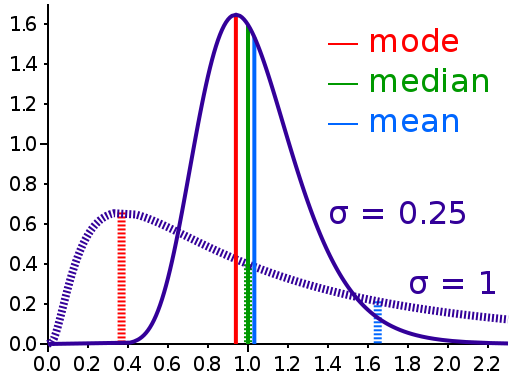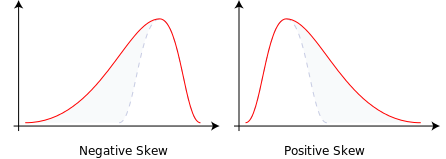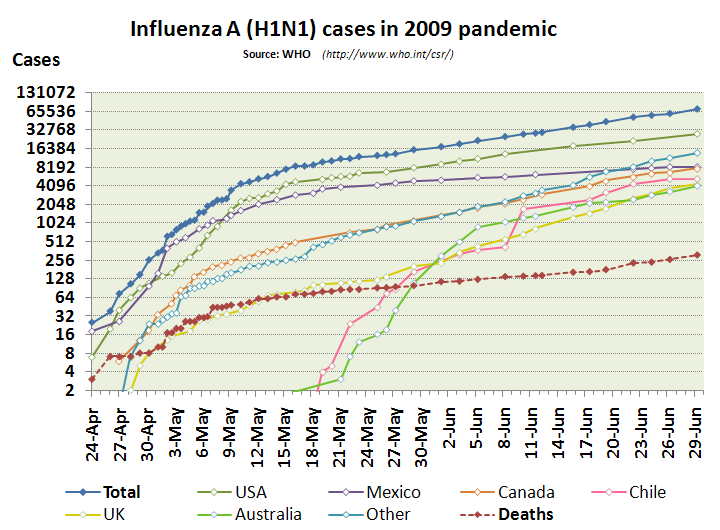What are Descriptive and Inferential Statistics
August 23rd, 2018

The word “Statistics” which comes from the Latin word status, meaning a political state. Originally, statistics meant information useful to the state such as information about the sizes of populations and armed forces. The word statistics refers to “numerical facts systematically arranged” in the first place. That’s why the word stati... read more




